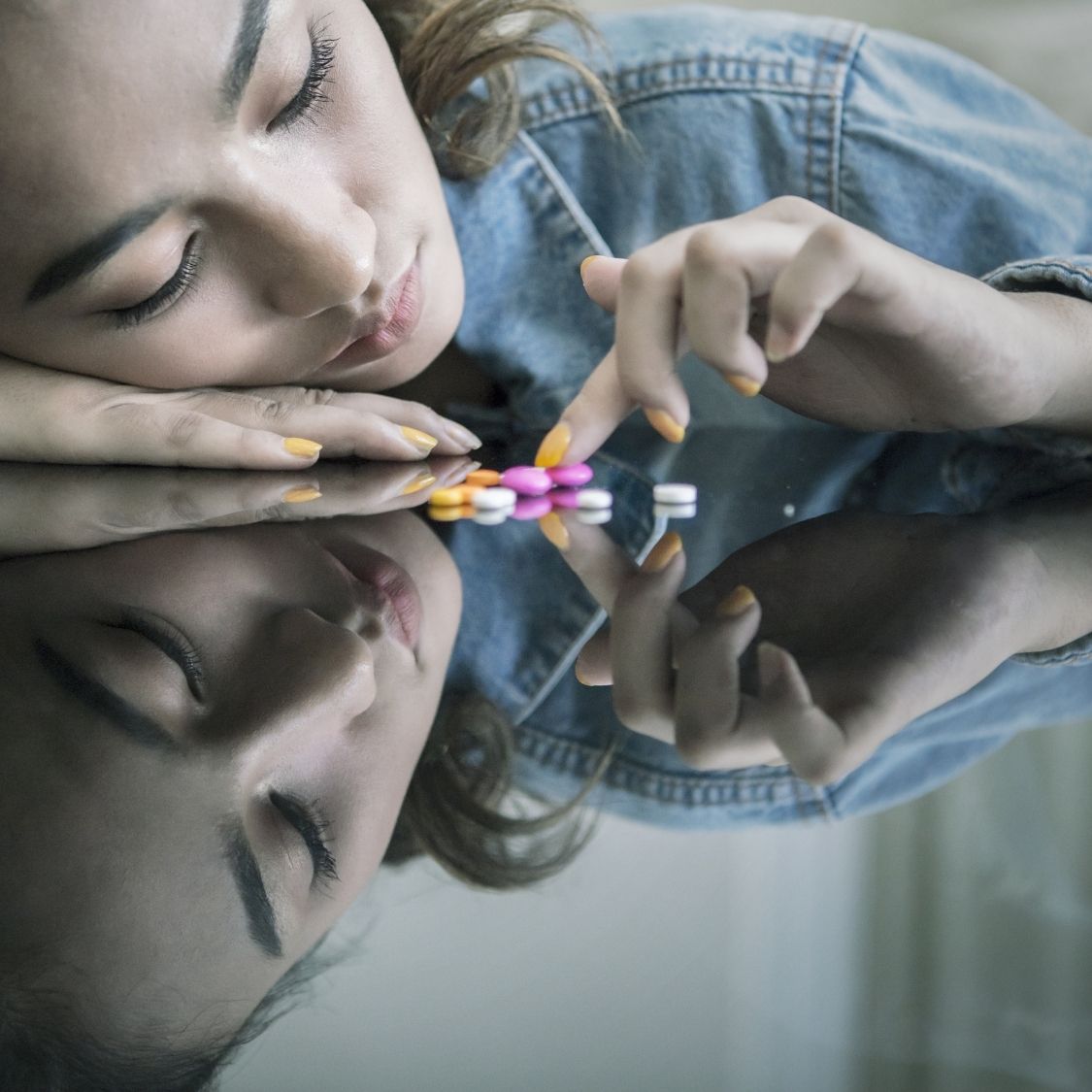
Addiction is beginning to become an increasingly common problem in teens. Children are being exposed to extremely harmful substances more than ever before. As a parent, it is important to try and recognize these symptoms and stop any addictive behaviors that may be caused by consistent drug use. This article will go over the most common beginning mental and physical signs of addiction and teens.
Most Common Physical Symptoms of Addiction
Addiction takes shape in many different forms and is caused by many different substances. Some of these substances will show greater physical symptoms, while others will show more mental symptoms. In either case, it is important to keep in mind that not all symptoms are symptoms of drug abuse, and some may just be normal teen behavior. Some of the most common physical symptoms of addiction can include glazed or bloodshot eyes, frequent nose bleeds and excessive runny noses, small track marks on arms and legs, and even dilated pupils.
Most Common Mental Symptoms of Addiction
In some cases, the more obvious signs of addiction will start with mental symptoms. By mental symptoms, we mean any changed behaviors, fears, or other emotional actions that can become obvious over prolonged periods of drug use. In some cases, these behaviors might start one day and gradually get worse. In other cases, they can spontaneously happen. As a result, one must be prepared for this sort of situation to happen before it occurs. Some of the most common mental symptoms of addiction can include:
- Paranoia, irritability, and anxiety
- Avoiding eye contact
- Breaking curfew frequently
- Asking for money frequently
- Stealing
- Locking bedroom doors
- Isolating from others
- Desisting discipline or feedback
What To Do if You Are Facing This Situation
Talking to your family members about their drug use can be difficult, but in this situation, it really helps to be honest and non-accusatory. Try to look at the situation from their perspective and be sensitive about the situation. Have them admit that they have a problem and talk to them about what kind of treatment options they need. Do not try to ask for reasoning or apology, and instead try to be understanding towards the future ahead and what you can do. Remember, if the addiction has gotten so bad that you have noticed, what you want for them is absolutely non-negotiable.
Recognizing the most common beginning signs of addiction in teens is one of the most important things to ensure that you are doing the most you can for your child. If you find yourself facing this situation, learning about this subject matter beforehand will help you be more confident and comfortable.



















